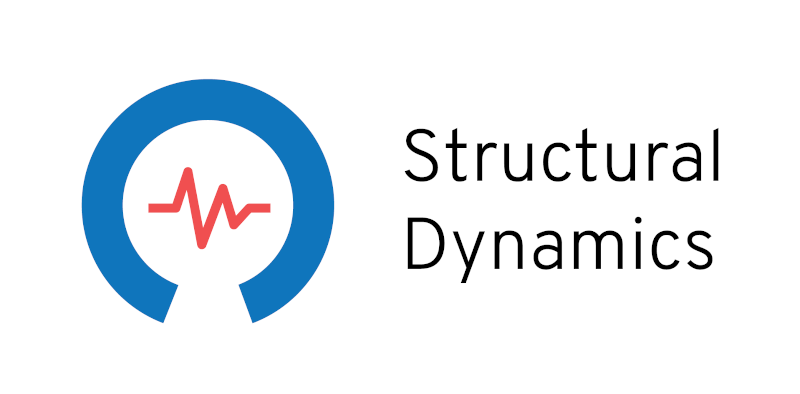- Home
- Issue 2
- Experimental validation of impact energy scattering as concept for mitigating resonant vibrations.
View(s): 910 (10 ULiège)
Download(s): 181 (1 ULiège)
Experimental validation of impact energy scattering as concept for mitigating resonant vibrations.

Attached document(s)
original pdf fileAbstract
The Vibro-Impact Nonlinear Energy Sink (or impact damper) is well-known for its ability to engage into transient resonance captures with arbitrary frequencies and thus has inherent broad-band effectiveness. Its working principle relies on (recurrent) energy localization and local dissipation within the contact region. Dissipative (inelastic) collisions are inevitably associated with damage and challenging to predict.
Recently, it has been shown theoretically that the device is effective even for purely elastic collisions when the energy is (almost) irreversibly transferred from the critical low-frequency modes to high frequencies.
In that case, the device is more properly termed Impact Energy Scatterer (IES). In the present work, we experimentally validate, for the first time, the working principle of the IES. To this end, we design a test rig consisting of a cantilevered beam, hosting a spherical impactor inside a cavity at its tip. The resonant vibrations of the lowest-frequency bending mode are reduced by a factor of 10-20. Given that the IES weighs less than 1% of the host structure, this corresponds to a paramount vibration mitigation capability.
We achieve excellent agreement between the measurements and the numerical predictions obtained by modeling the impacts as perfectly elastic. We also demonstrate that the dissipation in the contact region is negligible, while a substantial amount of energy is scattered to higher frequencies, validating the theoretically proposed working principle.
To cite this article
About: Timo Theurich
University of Stuttgart, Pfaffenwaldring 6, 70569 Stuttgart, Germany
About: Malte Krack
University of Stuttgart, Pfaffenwaldring 6, 70569 Stuttgart, Germany






